
Enzozarb D Tablet
Manufacturer
Calen Biotech
Salt Composition
Trypsin (48mg) + Bromelain (90mg) + Rutoside (100mg) + Diclofenac (50mg)
Key Information
Short Description
Enzozarb D Tablet is a pain relieving medicine used to reduce pain and inflammation in conditions like rheumatoid arthritis, ankylosing spondylitis, and osteoarthritis.
Dosage Form
Tablet
Introduction
Enzozarb D Tablet should be taken with food. This will prevent you from getting an upset stomach. You should take it regularly as advised by your doctor. Do not take more or use it for a longer duration than recommended by your doctor. Some of the common side effects of this medicine include nausea, vomiting, heartburn, diarrhea, loss of appetite, and indigestion. If any of these side effects bother you or do not go away with time, you should let your doctor know. Your doctor may help you with ways to reduce or prevent the side effects.
Directions for Use
Take this medicine in the dose and duration as advised by your doctor. Swallow it as a whole. Do not chew, crush, or break it. Enzozarb D Tablet is to be taken with food.
How it works
Enzozarb D Tablet is a combination of four medicines: Trypsin, Bromelain, Rutoside, and Diclofenac. Trypsin and Bromelain are enzymes. They increase blood supply and make the body produce substances that fight pain and swelling. Rutoside is an antioxidant which protects the body from damage by chemicals (free radicals) and further reduces swelling. Diclofenac is a non-steroidal anti-inflammatory drug (NSAID) which works by blocking the release of certain chemical messengers (prostaglandins) in the brain that cause pain and inflammation (redness and swelling).
Quick Tips
Take it with plenty of fluids an hour before or two hours after a meal. It may increase the severity of your condition at the start of treatment. Continue using it as prescribed by your doctor. It may cause dizziness and blurred vision. Do not drive or do anything requiring concentration until you know how it affects you. It may change the color, consistency, and odor of your stool. This is harmless. Inform your doctor if this bothers you.
Related Medicines
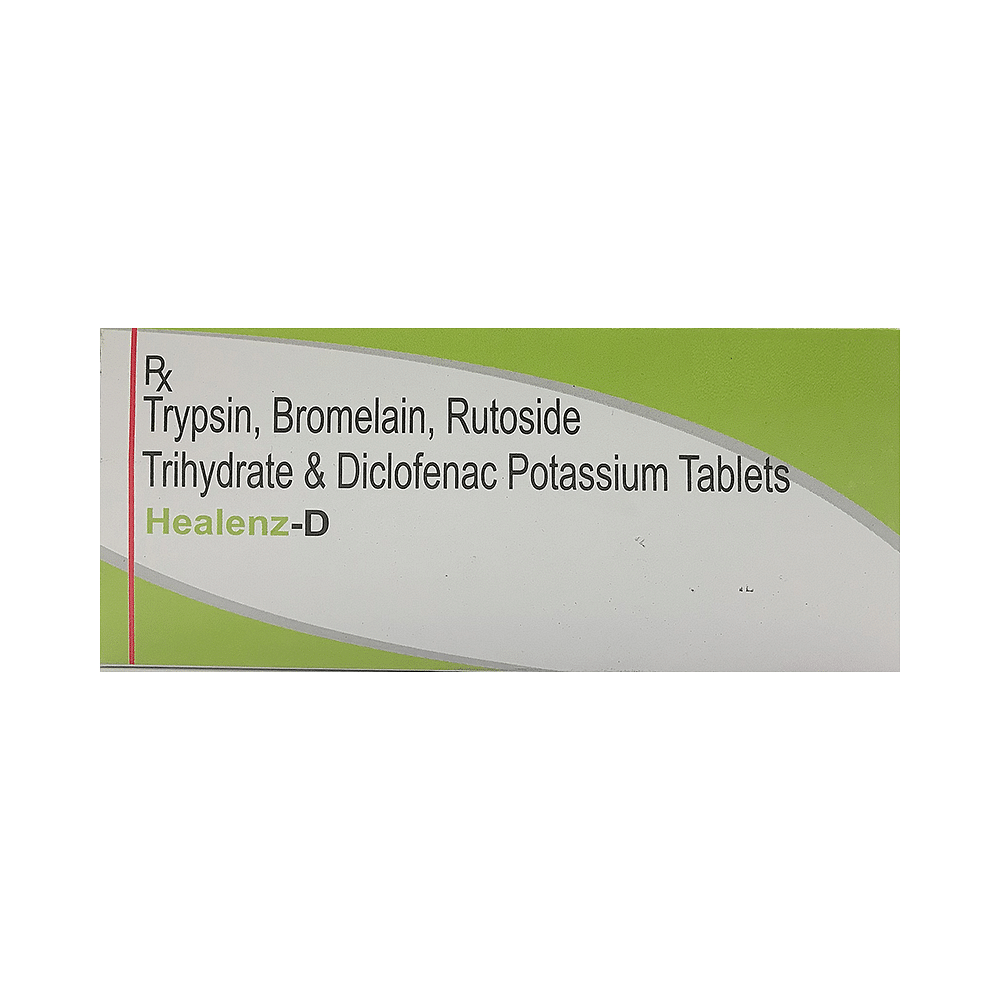
Healenz D Tablet
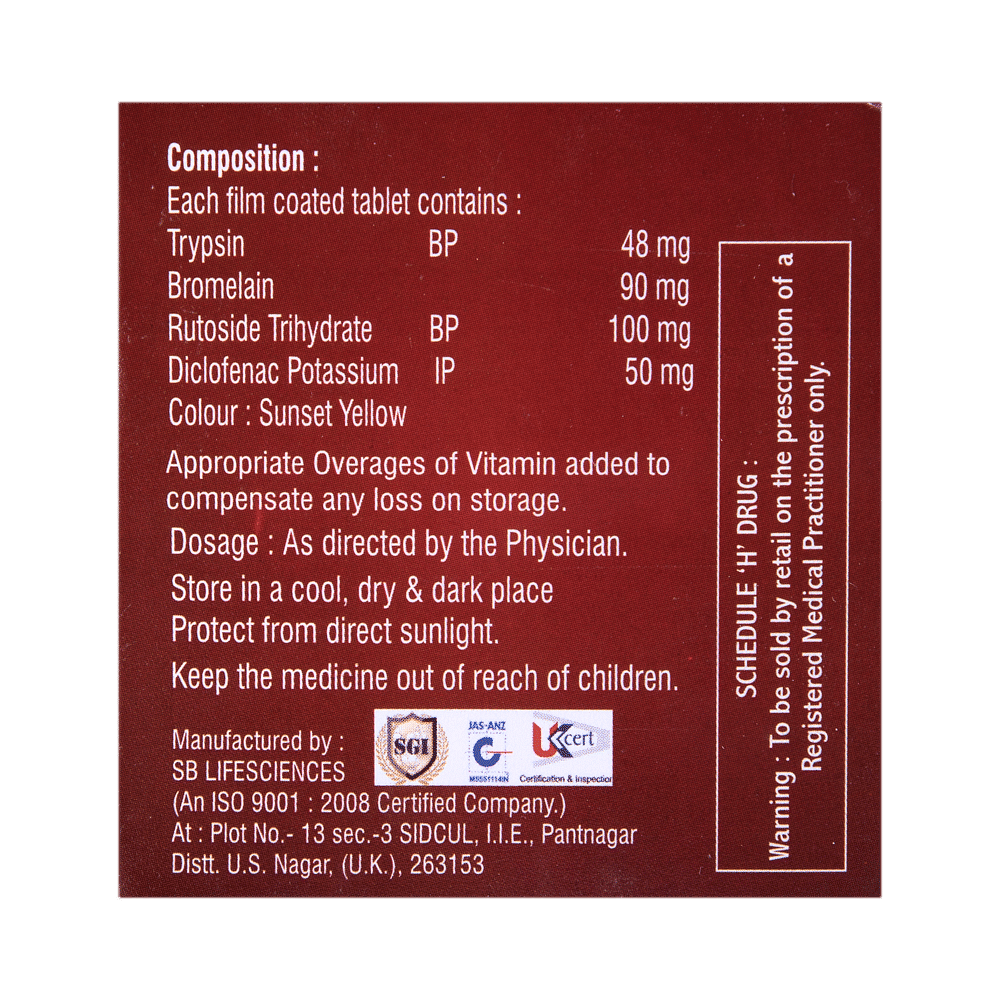
Ridezox-Forte Tablet
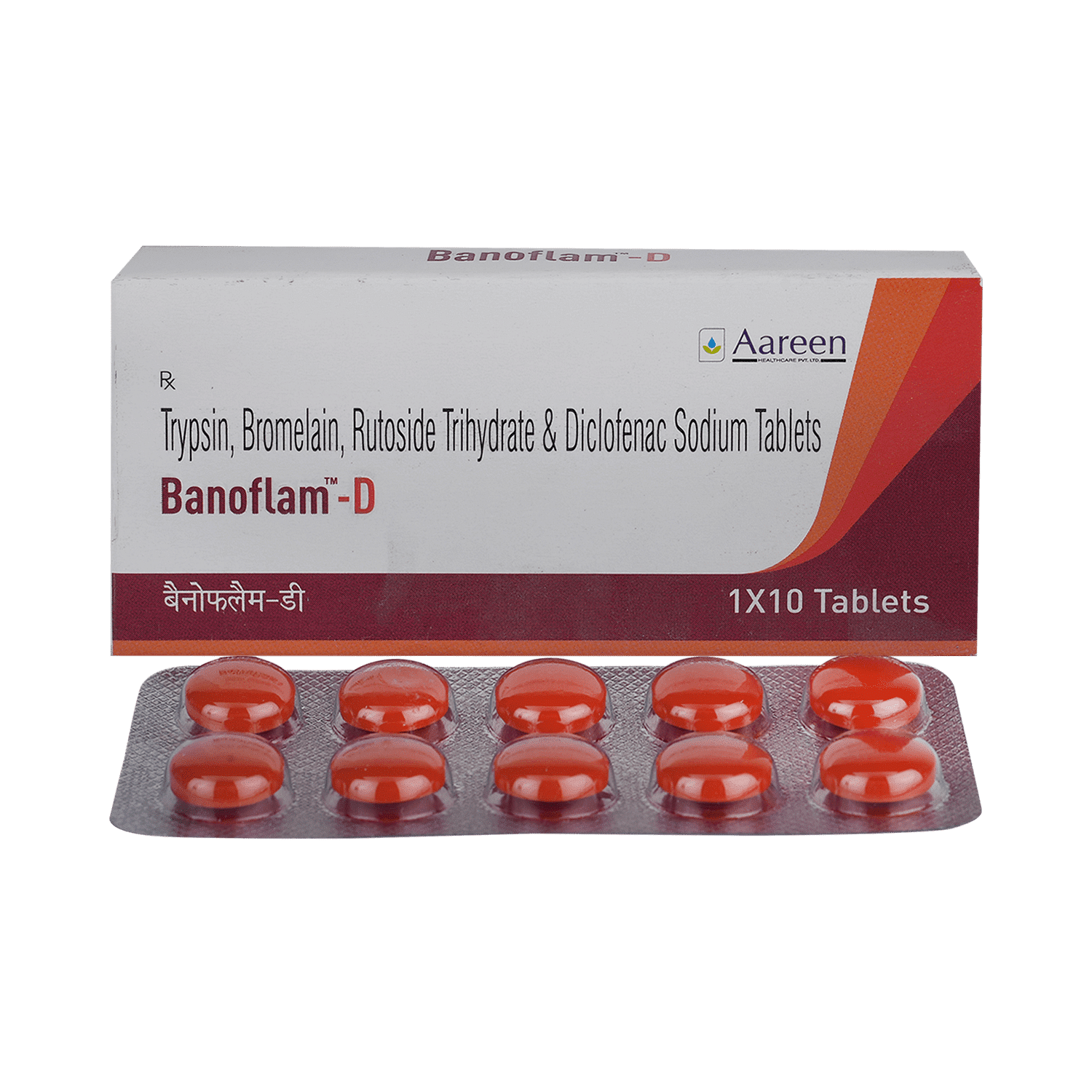
Banoflam-D Tablet

Enzomac Plus Tablet
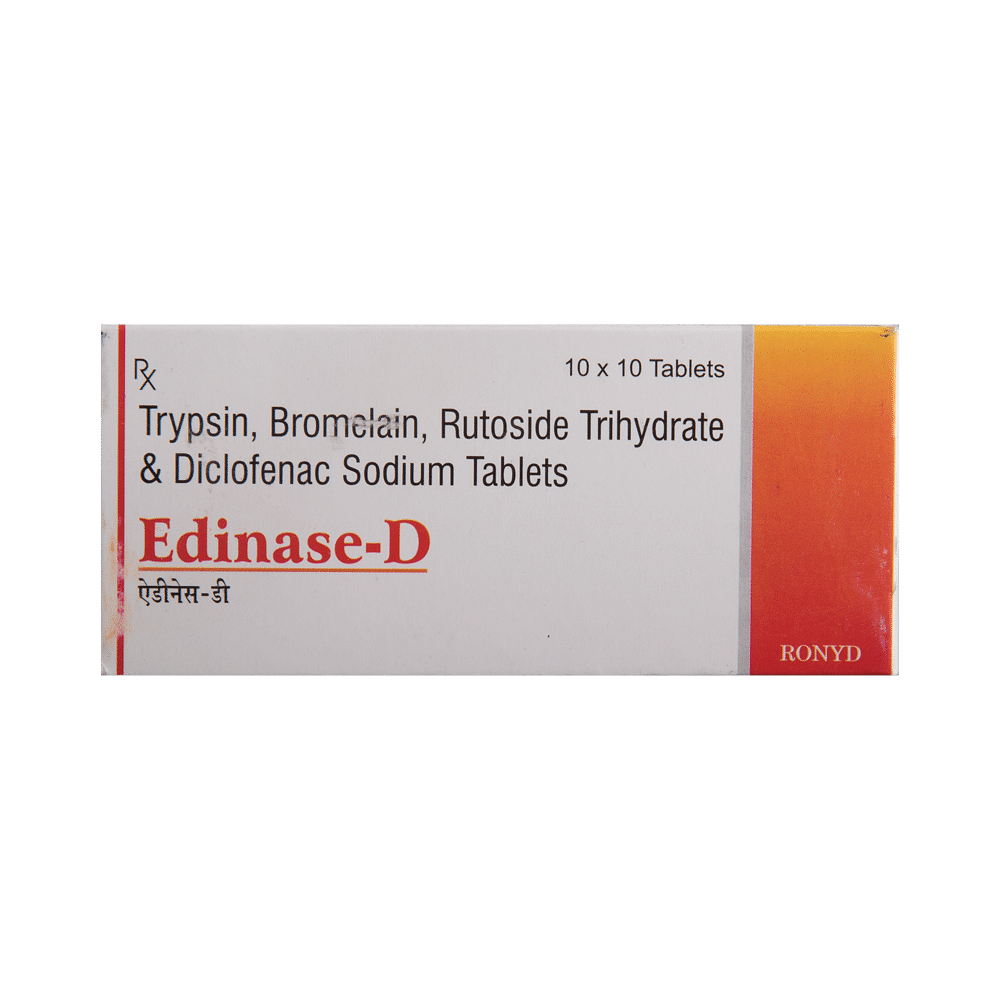
Edinase-D Tablet
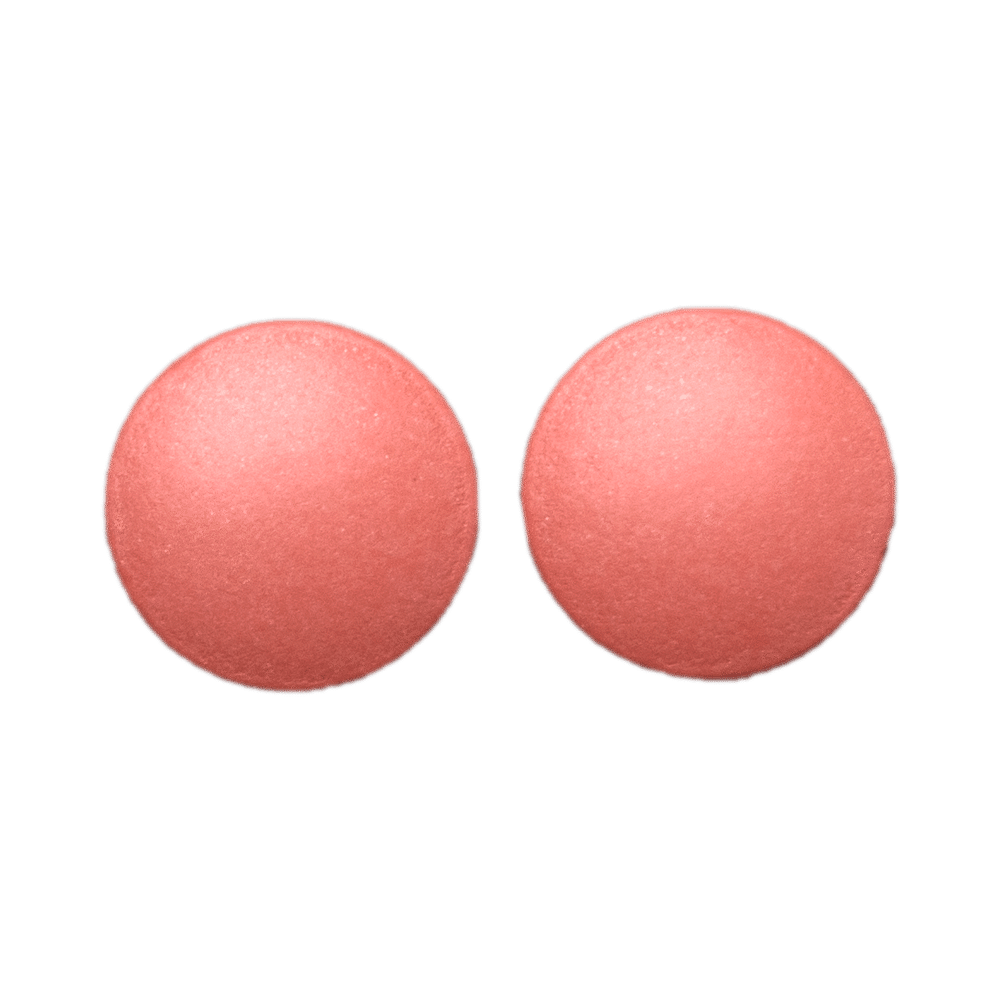
Rutoheal-D Tablet
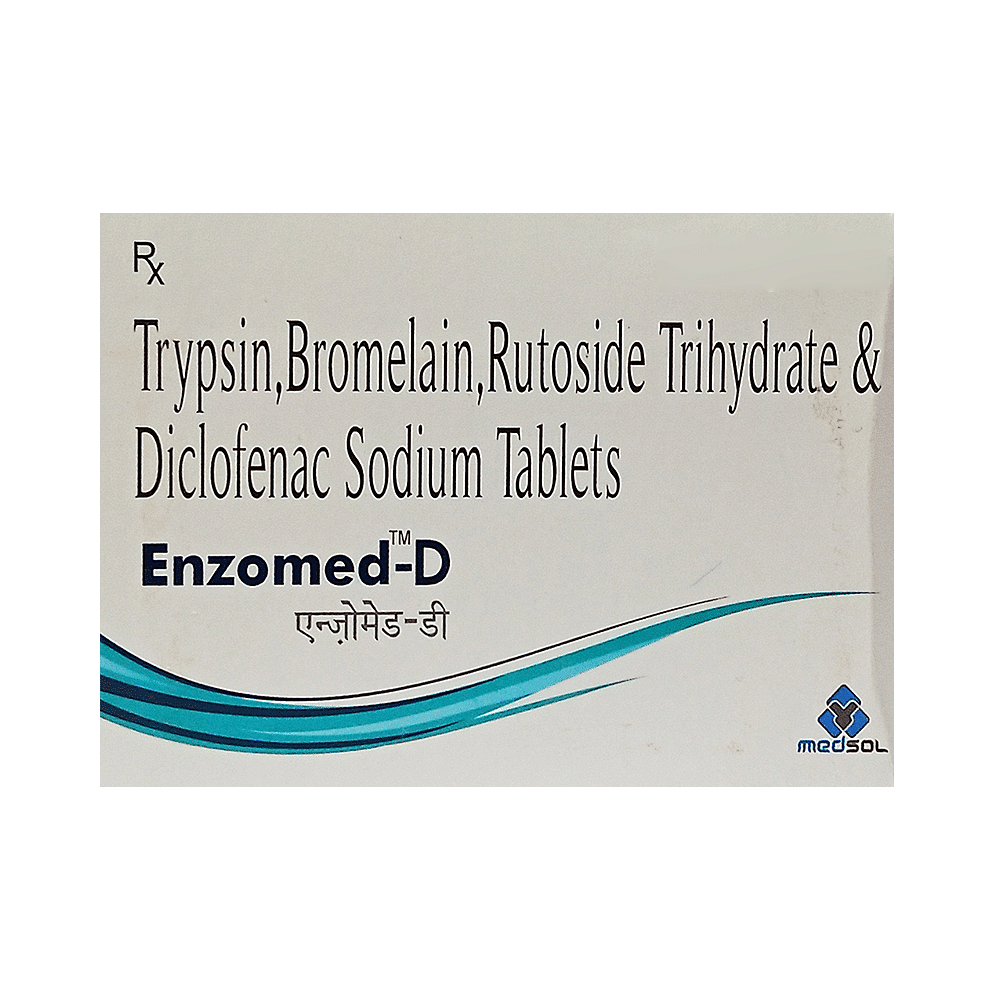
Enzomed-D Tablet
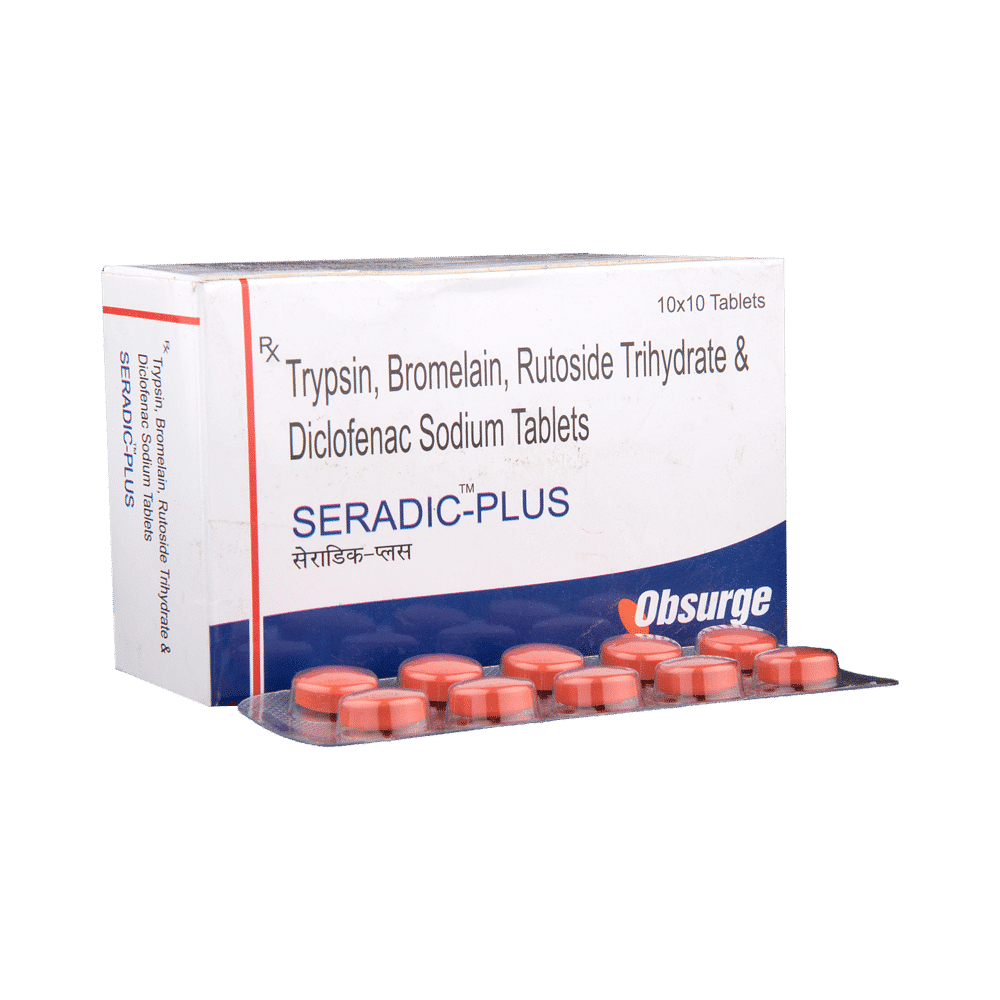
Seradic-Plus Tablet

Rutokrux D Tablet

Etoquest-TBR Tablet
Frequently asked questions
What is Enzozarb D Tablet used for?
Enzozarb D Tablet is a combination medication that helps relieve pain and swelling (inflammation) by lowering the levels of chemical substances in the body that cause these symptoms.
Can I experience dizziness while taking Enzozarb D Tablet?
Yes, some patients may feel dizzy or lightheaded after taking Enzozarb D Tablet. If this occurs, it is recommended to rest for a short time and resume once the symptoms have subsided.
Are there any specific contraindications associated with using Enzozarb D Tablet?
Enzozarb D Tablet should not be used by patients with known allergies to painkillers (NSAIDs) or any of its components. It is also contraindicated in patients with a history of stomach ulcers, active bleeding, heart failure, high blood pressure, and liver or kidney disease.
Can I take more than the recommended dose of Enzozarb D Tablet?
No, taking higher doses of Enzozarb D Tablet increases the risk of side effects such as nausea, vomiting, heartburn, indigestion, and can damage kidneys on long-term use. If pain and swelling persist, consult a doctor for re-evaluation.
What is the recommended storage condition for Enzozarb D Tablet?
Store Enzozarb D Tablet in its original container, tightly closed, according to the instructions on the pack or label. Dispose of unused medicine and ensure it is not consumed by pets, children, or other people.
Can I stop taking Enzozarb D Tablet once my pain and swelling are relieved?
Enzozarb D Tablet can usually be discontinued when symptoms subside. However, continue use if advised to do so by a doctor.
Can Enzozarb D Tablet cause nausea and vomiting?
Yes, taking Enzozarb D Tablet may lead to nausea and vomiting. Taking it with milk, food, or antacids can help prevent nausea. Avoid fatty or fried foods while using this medication. If vomiting persists, drink plenty of water or other fluids by taking small frequent sips. Consult a doctor if symptoms persist and signs of dehydration are noticed.


